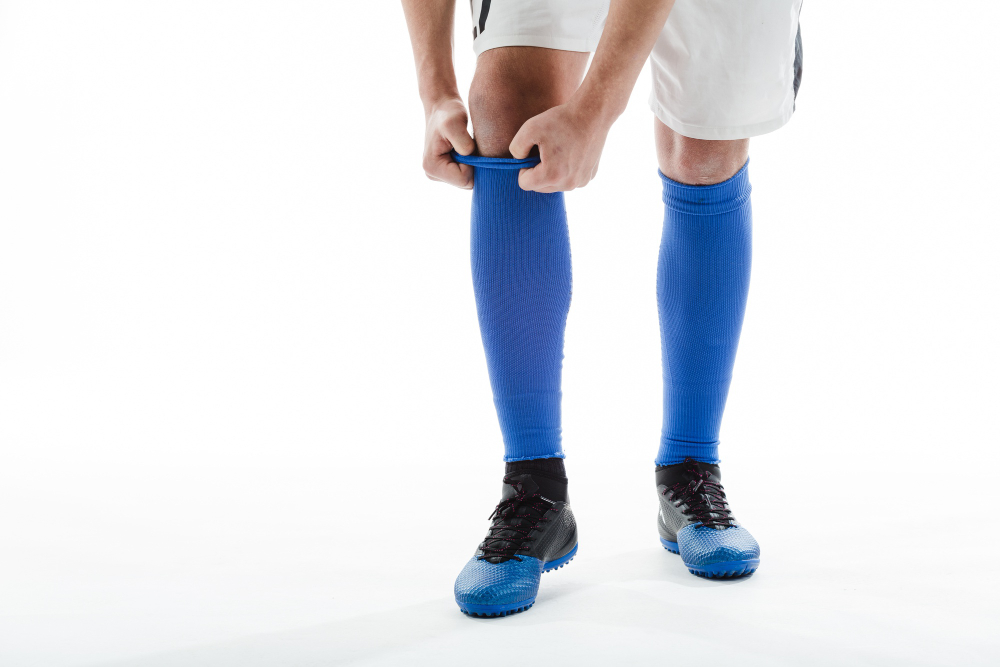Compression socks, known for their therapeutic benefits, are a specialized hosiery designed to promote blood circulation and reduce swelling in the legs. They work by applying gentle pressure to the legs and ankles, helping to move blood up towards the heart and preventing it from pooling in the lower extremities. While beneficial for a wide range of individuals, including athletes, pregnant women, and those with certain medical conditions, the duration for which compression socks should be worn can vary depending on the individual’s needs and the advice of healthcare professionals. This article explores the factors that influence how long you should wear compression socks, ensuring you reap their benefits safely and effectively.
Understanding Compression Socks
Before delving into how long to wear compression socks, it’s essential to understand their function and the various types available. Compression socks come in different levels of compression, measured in millimeters of mercury (mmHg), and are designed for different purposes, from light support and relief from minor swelling to medical-grade compression for more serious conditions like deep vein thrombosis (DVT) or lymphedema. The right compression level and duration of wear depend on your specific health needs, lifestyle, and, often, medical advice.
Daily Wear for Preventive Care
For individuals wearing compression socks for preventive care, such as reducing leg fatigue due to prolonged standing or sitting (e.g., during work or travel), it’s generally safe to wear them throughout the day. In these cases, wearing compression socks from morning until bedtime can help minimize discomfort and swelling. It’s important, however, to remove the socks at night to allow your skin to breathe and to prevent any potential circulation issues that might arise from unnecessary overnight compression.
Medical Conditions and Recovery
Patients with certain medical conditions or those recovering from surgery may be advised to wear compression socks for more extended periods, including overnight, under the supervision of a healthcare provider. For example, individuals with venous disorders, those recovering from vein surgery, or those at risk for blood clots may need to wear higher compression levels continuously for weeks or months. In these scenarios, adherence to medical advice is crucial for ensuring the compression therapy’s effectiveness and the individual’s safety.
Athletic Performance and Recovery
Athletes often use compression socks to enhance performance and aid in recovery. During exercise, wearing compression socks can improve blood flow, reduce muscle vibration, and decrease fatigue. For recovery, compression socks worn for several hours post-exercise can help alleviate muscle soreness and speed up the recovery process. While beneficial, it’s generally not recommended to wear them 24/7; instead, athletes should focus on wearing them during and immediately after workouts for the best results.
Signs You Should Adjust Wear Time
Listening to your body is key when wearing compression socks. Signs that you may need to adjust how long you wear them include discomfort, tingling, numbness, or skin irritation. Additionally, if the socks are leaving deep indentations in your skin, they may be too tight or being worn for too long. Consulting with a healthcare provider can help adjust the fit, compression level, or wear time to ensure comfort and effectiveness.
Balancing Benefits and Comfort
The duration for which compression socks should be worn varies greatly depending on individual needs, health conditions, and lifestyle factors. While they offer numerous benefits, including improved circulation and reduced swelling, it’s essential to balance these advantages with personal comfort and safety. Whether for preventive care, medical treatment, or athletic recovery, following the guidance of healthcare professionals and paying attention to your body’s responses will ensure you maximize the benefits of compression therapy while minimizing any potential risks.


